What is the best carrot substitute?
What is the best carrot substitute? Well, the best carrot substitute really depends on what you are using it for? Carrots are often used for their sweetness, crunch, and vibrant color. Here are some potential substitutes for carrots: Bell Peppers, Sweet Potatoes, Celery, Kohlrabi, Butternut Squash, Parnsips, Beets, Zucchini, Apples, Radishes or Turnips.
Now let’s look at why we have chosen those as suitable carrot substitues, and in what siutation you would use them.
What are carrots?
Carrots are root vegetables that are commonly orange in color, although they can also be found in other colors like purple, yellow, white, and even red. They have a sweet and slightly earthy flavor. They are known for their nutritional value, being rich in vitamins, minerals, and dietary fiber. (Were you ever told as a child to eat up your carrots, as they would make you see better in the dark?)
Carrots are often enjoyed raw as a crunchy snack or added to salads. They can also be cooked in various ways, such as boiling, steaming, roasting, or sautéing. Carrots are versatile ingredients, use them in soups, stews, stir-fries, casseroles, and even desserts and homebakes. They are appreciated for their natural sweetness and ability to add color, texture, and nutrients to a wide range of dishes.
Here’s a few suggestions on when you can swap out carrots with something on the list of substitutes we mentioned earlier.
- Sweetness and Color: If you’re looking to substitute carrots for their sweetness and color in dishes like salads, stews, or soups, you could consider using sweet bell peppers or sweet potatoes. Both options offer a similar vibrant color and a touch of natural sweetness.
- Texture and Crunch: If you’re aiming to replace the crunch and texture of carrots in recipes, options like celery, or kohlrabi could work well. These vegetables can provide a similar satisfying crunch when used raw.
- Flavor and Nutrients: For the unique flavor and nutrients that carrots bring to a dish, but without the physical characteristics, you might consider using other vegetables like butternut squash, parsnips, or beets. These vegetables offer distinct flavors and nutritional profiles that can enhance your recipes.
- Color in Baking: If you’re looking to substitute grated carrots for color and moisture in baking recipes (such as carrot cake), you could try using grated zucchini or apples. They can provide moisture and natural sweetness, while also maintaining a desirable texture.
- Dips and Spreads: In dips, spreads, or sauces that call for grated carrots, you could replace them with finely grated or minced radishes or turnips. These options can add a slight peppery flavor while providing a similar texture.
Okay, before we look at your carrot substitute options, let’s deal with that empty cupboard situation!
Where can I buy Carrots?
If you want to be more prepared and ensure you don’t run out of carrots then you should stock up now.
Nowadays you can purchase carrots in most general supermarkets. They come in a wide range of formats – fresh, frozen, tinned, flaked, pickled. If it’s more convenient you can also choose to purchase carrots on-line.
So why not jump on and place your order today.
STOCK UP NOW!
Del Monte Sliced Carrotts (12 pack)
Great flavor and taste packed into each 8.25 ounce can (approx 1-2 servings)
Add extra nutiritional value, vitamins and minerals into your soups and stews.
Long shelf-life.
What can I substitute for Carrots?
Here are some of the best ingredients to substitute the flavor and role that carrots provide in your recipes.
- Bell Peppers
- Sweet Potatoes
- Celery
- Kohlrabi
- Butternut Squash
- Parnsips
- Beets
- Zucchini
- Apples
- Radishes
- Turnips
Carrot substitutes
Bell Peppers as a Carrot substitute
Bell peppers can be used as a substitute for carrots in various dishes, especially when you’re looking to add some color, crunch, and a slightly sweet flavor. Here are a few ways you can use bell peppers as a substitute for carrots:
- Salads: Dice or julienne bell peppers and add them to salads to provide a vibrant burst of color, crunch, and sweetness similar to carrots.
- Stir-Fries and Sautéed Dishes: Slice bell peppers into thin strips and use them in stir-fries or sautéed dishes. They can add a similar crunch and color as carrots.
- Soups and Stews: Add diced or sliced bell peppers to soups and stews for extra texture and color. They will infuse a mild sweetness and enhance the visual appeal of your dishes.
- Fajitas and Tacos: When making fajitas or tacos, sauté sliced bell peppers along with other vegetables and chicken, fish or beef, for added flavor, color, and texture.
- Dips and Salsas: Chop bell peppers finely and use them in dips and salsas as a substitute for the crunch and color that grated carrots would provide.
- Quiches and Omelettes: Incorporate diced bell peppers into quiches, omelettes, or scrambled eggs to bring a colorful and slightly sweet element to your breakfast or brunch dishes.
- Sandwiches and Wraps: Slice bell peppers into thin strips and layer them in sandwiches or wraps to add both crunch and a refreshing flavor.
Remember that while bell peppers can provide similar qualities to carrots, their flavor is not as sweet. If you’re using bell peppers as a substitute in recipes that call for cooked carrots, be mindful of the differences in taste and adjust seasonings accordingly. Additionally, since bell peppers are not as hardy as carrots, they might cook a bit faster in some recipes, so keep an eye on their texture while cooking.
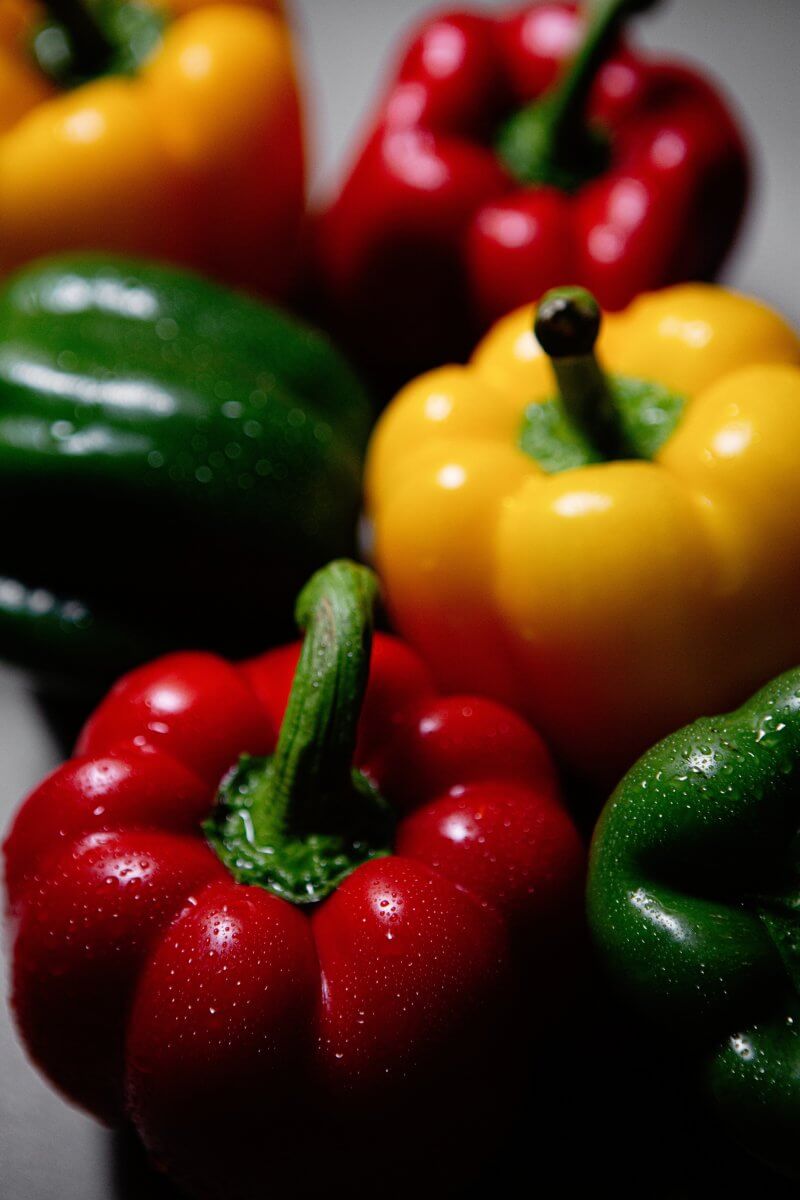
Sweet Potatoes as a Carrot substitute
Sweet potatoes can be a great substitute for carrots in various dishes, especially when you’re looking for a slightly sweet flavor and a similar texture. Here’s how you can use sweet potatoes as a substitute for carrots:
- Roasted Vegetables: Cut sweet potatoes into similar-sized pieces as you would carrots and roast them alongside other vegetables. They’ll provide a sweet and caramelized flavor to the dish.
- Mashed Potatoes: You can also create a mix of mashed sweet potatoes and regular potatoes for a unique twist on classic mashed potatoes. The natural sweetness of the sweet potatoes adds depth to the flavor.
- Soups and Stews: Dice or cube sweet potatoes and add them to soups and stews in place of carrots. They will provide a slightly sweet flavor and a creamy texture when cooked.
- Fries and Wedges: Make sweet potato fries or wedges by slicing them into thin strips or wedges and baking or frying them. They’ll offer a naturally sweet and satisfying crunch.
- Grain Bowls: Use roasted or steamed sweet potato cubes in grain bowls as a substitute for roasted carrots. They’ll add color, nutrients, and a hint of sweetness.
- Baking: Just like carrots, sweet potatoes can be used in baking. Try incorporating them into cakes, muffins, and bread for a natural sweetness and moisture.
- Curries and Stir-Fries: Dice sweet potatoes and use them in curries or stir-fries. Their sweetness can add depth to the flavor profile of these dishes.
- Salads: Add roasted or boiled sweet potato chunks to salads for both color and a slightly sweet taste.
When using sweet potatoes as a substitute for carrots, keep in mind that they are sweeter, so the overall flavor profile of your dish might change. Adjust seasonings as needed to balance out the flavors. Additionally, sweet potatoes can take a bit longer to cook than carrots, so plan your cooking time accordingly.
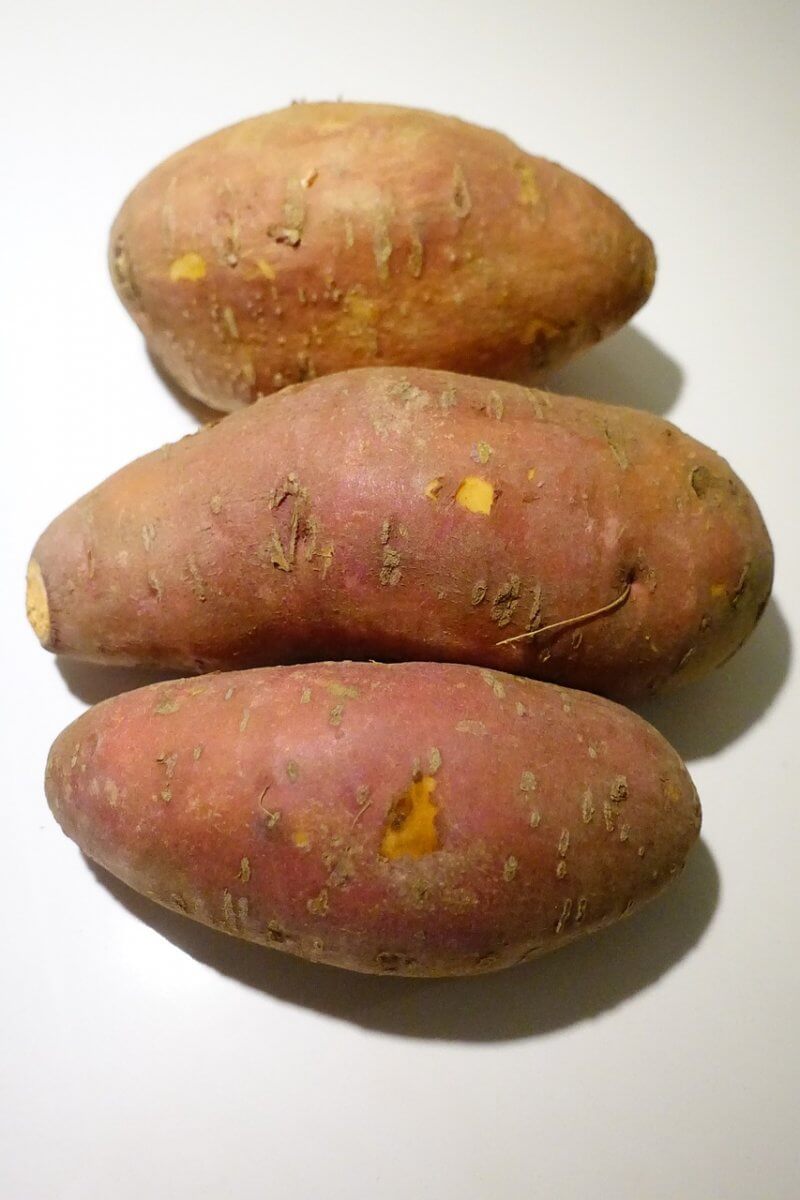
Celery as a Carrot substitute
Celery can be used as a substitute for carrots in certain dishes, especially when you’re looking for a crunchy texture and a slightly different flavor profile. Here’s how you can use celery as a substitute for carrots:
- Crunchy Snack: Just like carrots, celery can also be enjoyed as a crunchy and refreshing snack. Cut celery sticks into manageable sizes and serve them with dips like hummus or peanut butter.
- Salads: Slice or dice celery and add it to salads to provide crunch and a slightly savory, earthy flavor.
- Stir-Fries and Sautéed Dishes: Use sliced celery in stir-fries and sautéed dishes as a crunchy vegetable component. It can add texture and a mild flavor to the dish.
- Soups and Stews: Add chopped celery to soups and stews to enhance texture and flavor. While it won’t provide the same level of sweetness as carrots, it can still contribute to the overall taste.
- Stuffing: Celery can be used as a substitute for carrots in stuffing recipes. Dice it finely and use it in the same way as you would use carrots to add texture and flavor.
- Dips and Spreads: Finely chop celery and add it to dips and spreads for a mild crunch and a fresh taste.
- Sandwiches and Wraps: Include sliced celery in sandwiches and wraps to add crunch and a slightly different flavor dimension.
- Juices and Smoothies: While celery has a milder flavor, you can use it in juices and smoothies to provide a refreshing and hydrating element.
Remember that celery has a distinct flavor that’s different from carrots, so while it can provide crunch and texture, it won’t replicate the natural sweetness of carrots. In recipes where carrots play a major role in adding sweetness, such as in baked goods, the substitution might significantly alter the flavor. In such cases, you might want to consider balancing the flavor by adding a touch of sweetness from other sources, such as honey or maple syrup.
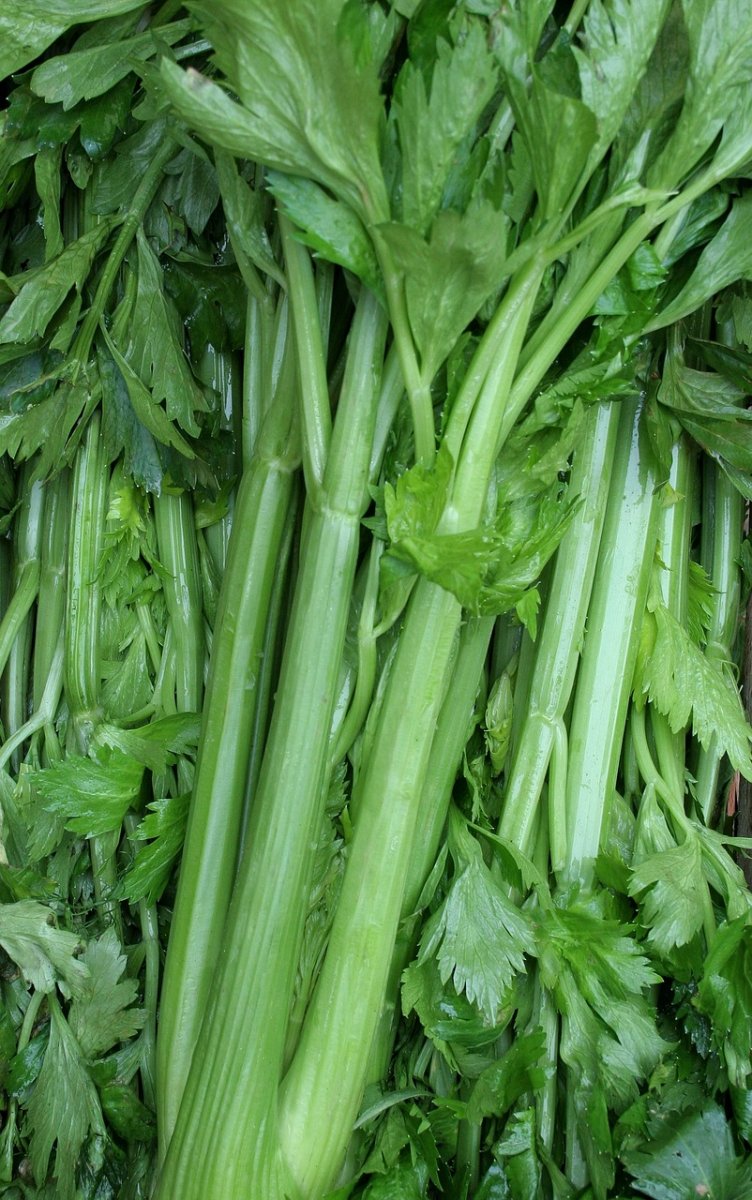
Kohlrabi as a Carrot Substitute
Kohlrabi is a versatile vegetable that can be used as a substitute for carrots in various dishes, particularly when you’re seeking a crisp texture and a mild, slightly sweet flavor. Here are some ways you can use kohlrabi as a substitute for carrots:
- Slaw: Shred or julienne kohlrabi and use it as a base for slaw, just like you would with carrots. Add your favorite dressing and other slaw ingredients for a refreshing side dish.
- Stir-Fries: You can also slice or julienne kohlrabi and use it in stir-fries. It will add a pleasant crunch and a slightly nutty flavor to your dish.
- Salads: Dice or slice kohlrabi and add it to salads for a unique texture and flavor. Its mild taste can complement other salad ingredients well.
- Pickled Snack: Slice kohlrabi thinly and pickle it for a tangy and crunchy snack. This can also be a great addition to your charcuterie board or appetizer platter.
- Roasted or Grilled: Cut kohlrabi into wedges, toss them with oil and seasoning, and roast or grill them. They’ll develop a tender interior and a crispy exterior, providing a satisfying texture.
- Sliced for Dips: Slice kohlrabi into thin rounds or sticks and use them as dippers for hummus, salsa, or other dips.
- Mashed: Similar to mashed carrots, you can also peel, cook, and mash kohlrabi as a side dish. Its slightly sweet flavor can add depth to the dish.
- Fritters or Patties: Grate kohlrabi and use it as a base for fritters or patties, mixing it with other ingredients like eggs, breadcrumbs, and seasonings.
- Curries and Soups: Add diced kohlrabi to curries or soups to provide a different texture and a subtle flavor.
When using kohlrabi as a substitute for carrots, keep in mind that its flavor is milder and less sweet. This can influence the overall taste of your dishes. Be open to experimenting and adjusting seasonings to achieve the desired flavor profile.
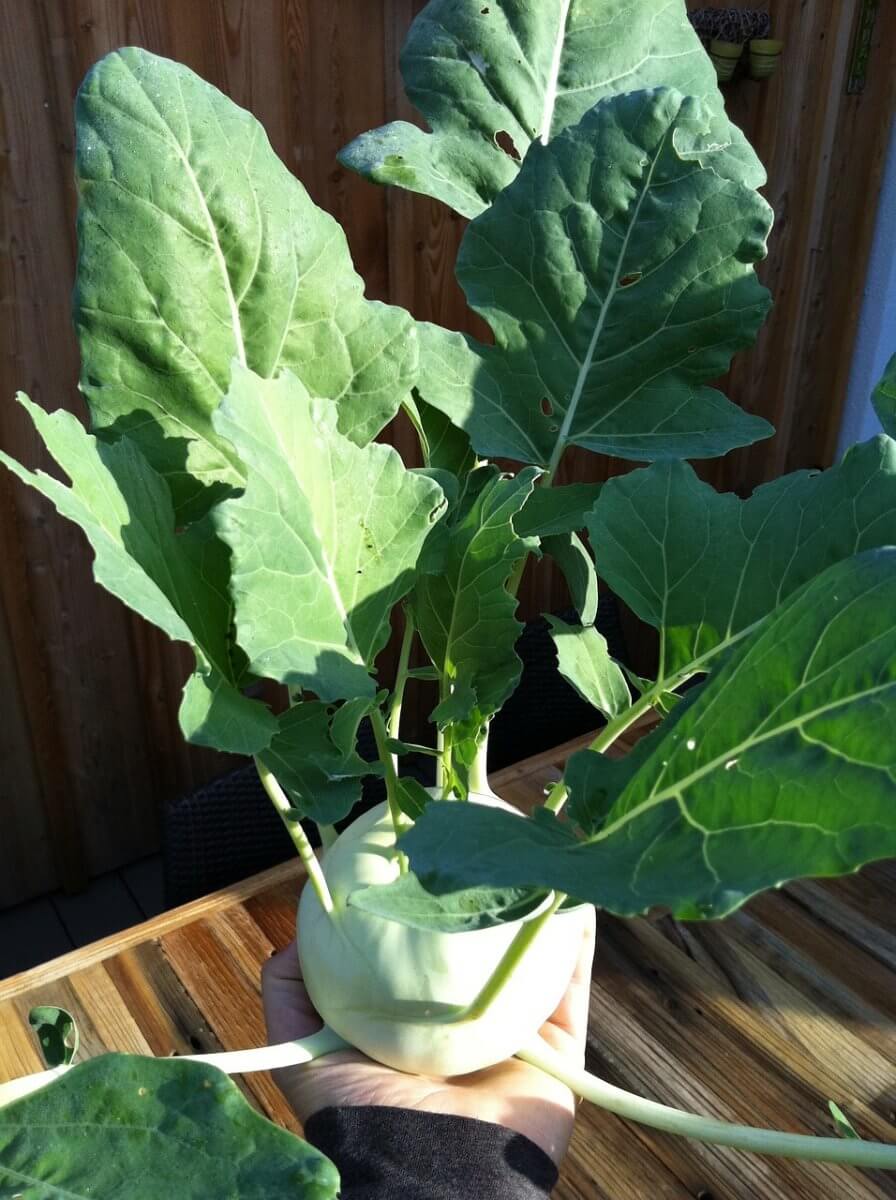
Butternut Squash as a Carrot substitute
Butternut squash can be used as a substitute for carrots in various dishes, offering a slightly sweet flavor and a smooth, creamy texture. Here are some ways you can use butternut squash as a substitute for carrots:
- Roasting: Just like carrots, butternut squash can be peeled, cubed, and roasted with olive oil and seasonings. Roasted butternut squash has a natural sweetness and a tender texture that can work well in many dishes.
- Soups: Butternut squash can be used in soups as a substitute for carrots. Roast or sauté butternut squash, then blend to create a creamy and comforting soup.
- Pasta Dishes: Spiralize or thinly slice butternut squash to create “noodles” and use them in pasta dishes or salads.
- Mashed: Similar to mashed carrots, you can peel, cube, and boil or steam butternut squash, then mash it with butter, herbs, and seasonings.
- Casseroles: Incorporate cubed or mashed butternut squash into casseroles for added flavor, color, and creaminess.
- Stuffed Vegetables: You can also use butternut squash as a base for stuffed vegetables. Hollow out the squash and fill it with your favorite stuffing mixture.
- Side Dishes: Serve roasted butternut squash cubes as a side dish. You can also season it with herbs, spices, or even a drizzle of maple syrup for a touch of sweetness.
- Curries and Stews: Add cubed butternut squash to curries or stews in place of carrots. The sweetness of the squash can complement savory and spicy flavors.
- Baking: Similar to carrots, you can use butternut squash in baking recipes like muffins, quick breads, and cakes. Grated or pureed butternut squash can add moisture and a natural sweetness.
Remember that butternut squash has a distinct flavor that’s slightly sweeter than carrots, which can influence the taste of your dishes. Adjust seasonings and flavors accordingly to ensure a balanced result. Additionally, butternut squash might take a bit longer to cook than carrots, so keep an eye on cooking times when substituting it in recipes.
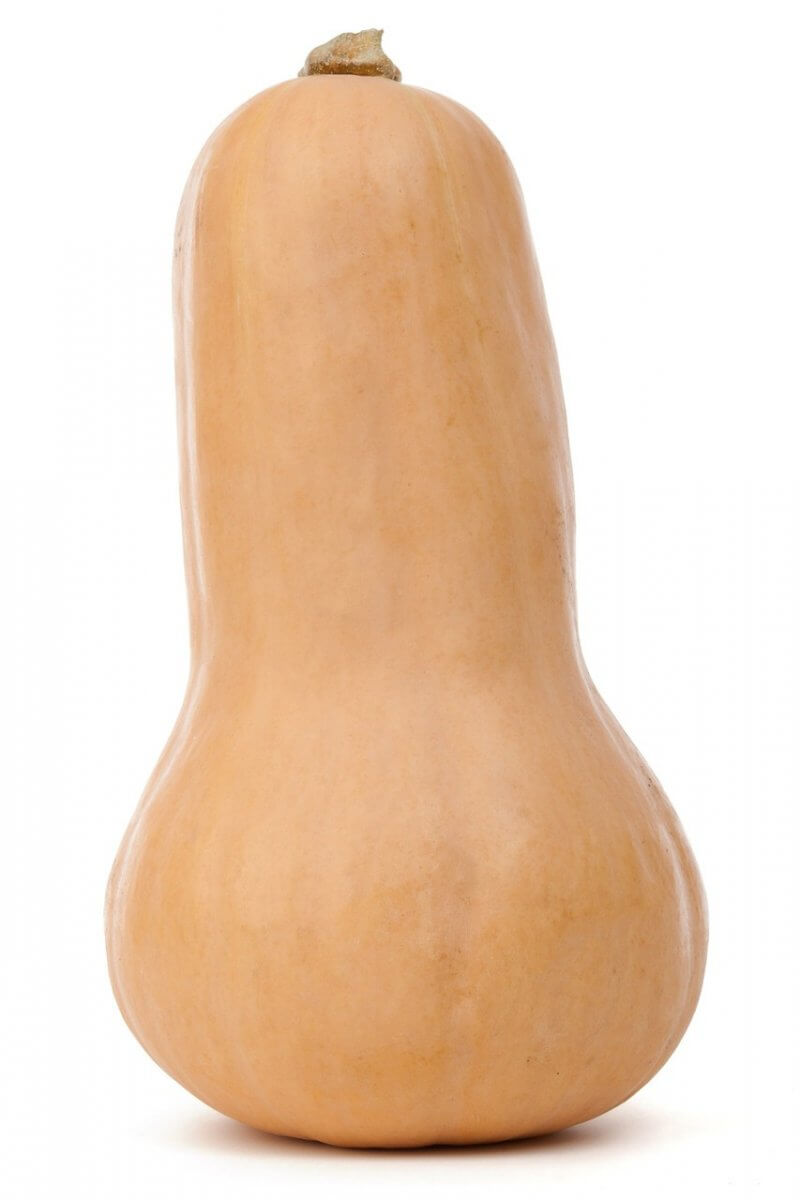
Parnsips as a Carrot Substitute
Parsnips can be used as a substitute for carrots in various dishes, offering a slightly sweeter and nuttier flavor. Here are some ways you can use parsnips as a substitute for carrots:
- Roasting: Peel and cut parsnips into similar-sized pieces as you would carrots, then roast them with olive oil, herbs, and seasonings. Roasted parsnips develop a delicious caramelized exterior and a tender interior.
- Soups: Use parsnips in soups as a substitute for carrots. They can add a rich, sweet flavor to creamy soups when cooked and blended.
- Mashed: Cook and mash parsnips in a manner similar to mashed carrots. Combine them with butter, cream, or other seasonings for a comforting side dish.
- Stews and Casseroles: Add sliced or diced parsnips to stews and casseroles for extra flavor and a slightly sweet taste.
- Side Dishes: Roast or steam parsnips and serve them as a standalone side dish, seasoned with your favorite herbs and spices.
- Salads: You can also shave or julienne raw parsnips and use them in salads for a unique texture and flavor. They can add a slightly sweet and nutty crunch.
- Gratin: Layer sliced parsnips in a gratin dish with cream or a sauce, then bake until they’re tender and the top is golden and crispy.
- Fries: Cut parsnips into thin strips, season them, and bake or fry them for a tasty alternative to traditional fries.
- Baking: Similar to carrots, you can use parsnips in baking recipes. Try adding grated or pureed parsnips to muffins, cakes, and bread for added moisture and flavor.
- Stir-Fries: Slice parsnips thinly and use them in stir-fries for a sweet and nutty addition to the dish.
When substituting parsnips for carrots, be aware that their flavor is sweeter and has a slightly different profile. Adjust seasonings accordingly to balance out the taste in your recipes. Additionally, parsnips might require a bit longer cooking time compared to carrots due to their density, so plan accordingly when cooking in dishes that require even cooking throughout.
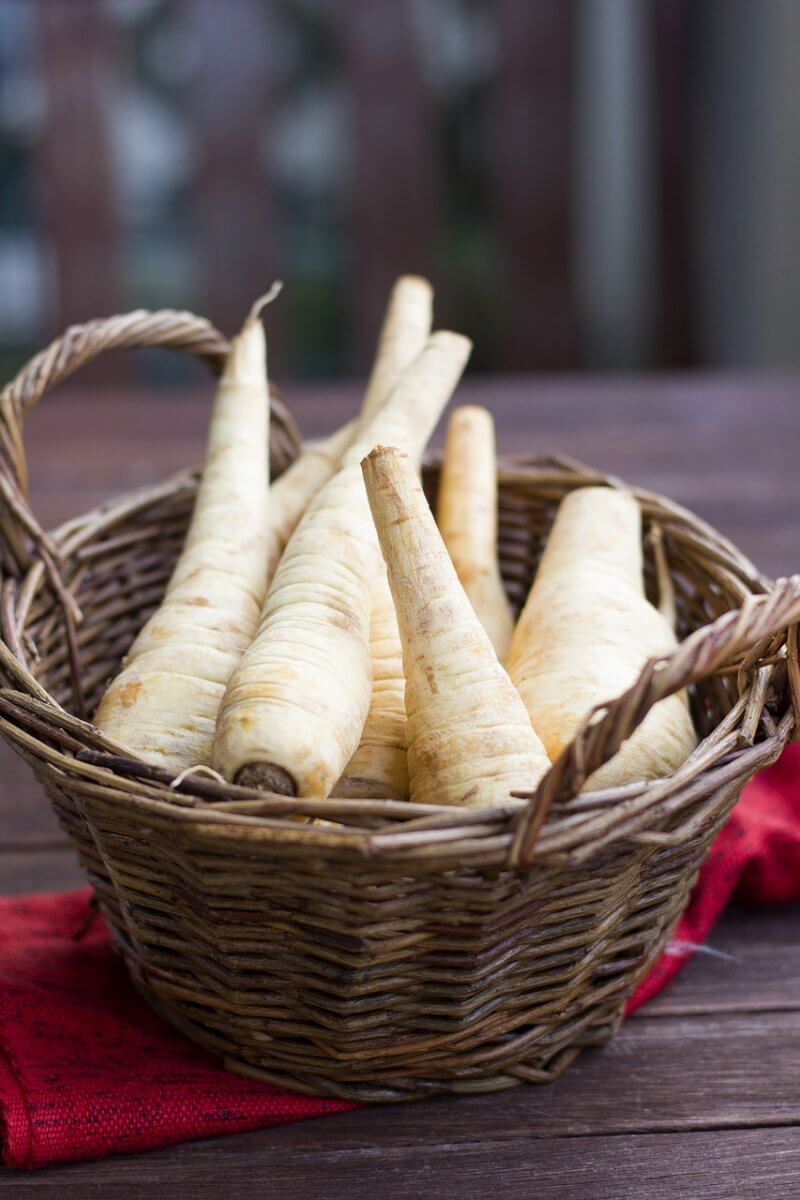
Beets as a Carrot Substitute
Beets can be used as a substitute for carrots in certain dishes, offering a unique earthy and slightly sweet flavor as well as a vibrant color. Here are some ways you can use beets as a substitute for carrots:
- Salads: Grate or thinly slice raw beets and use them in salads for a burst of color and a sweet, earthy flavor. They can add a unique twist to your salad.
- Roasting: Roast beets by wrapping them in foil and baking until tender. Roasted beets can be used as a side dish or added to salads, pasta, or grain bowls.
- Pickled Snack: Slice beets thinly and pickle them for a tangy and colorful snack. They can be a great addition to charcuterie boards or appetizer platters.
- Soups: Use beets in soups as a substitute for carrots. Roasted or boiled beets can be blended to create a vibrant and flavorful soup.
- Grain Bowls: Roasted or steamed beet cubes can also be added to grain bowls for color, flavor, and a boost of nutrients.
- Baking: Incorporate grated beets into baking recipes like muffins, quick breads, and cakes. Beets can add moisture and natural sweetness to your baked goods.
- Side Dishes: Roast or steam beets and serve them as a standalone side dish with seasonings of your choice.
- Dips and Hummus: Blend cooked beets into hummus or other dips for a striking color and a hint of sweetness.
- Wraps and Sandwiches: Add roasted beet slices to wraps and sandwiches to provide both color and flavor.
- Sautéed Dishes: Sauté thin beet slices with other vegetables for a unique and colorful side dish.
When using beets as a substitute for carrots, be aware that beets have a distinct flavor and can stain other ingredients due to their vibrant color. Adjust seasonings in recipes accordingly and consider the visual impact of their color on the overall presentation of your dishes.
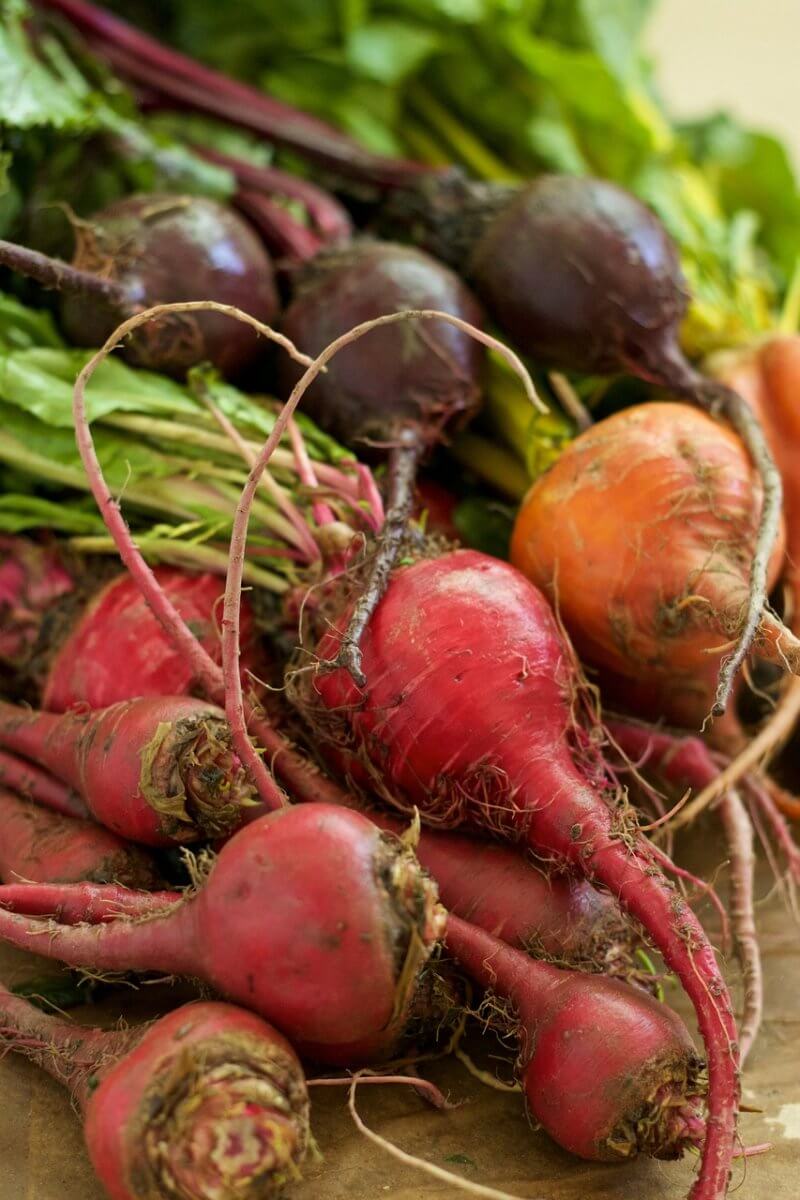
Zucchini as a Carrot Substitute
Zucchini can be used as a substitute for carrots in various dishes, providing a mild flavor and a slightly different texture. Here are some ways you can use zucchini as a substitute for carrots:
- Sautéed Dishes: Slice or julienne zucchini and use it in sautéed dishes, just like you would with carrots. It will add a tender texture and a mild, fresh flavor.
- Spiralized “Noodles”: Create zucchini “noodles” using a spiralizer and use them in place of carrot noodles in salads, pasta dishes, or stir-fries.
- Baking: Similar to grated carrots, you can also grate zucchini and use it in baking recipes like muffins, breads, and cakes. Zucchini can add moisture and a subtle sweetness.
- Fritters or Patties: Grate zucchini and use it as a base for fritters or patties, combining it with other ingredients like eggs, breadcrumbs, and seasonings.
- Stir-Fries: Slice zucchini into thin strips and use them in stir-fries as a substitute for carrots. They’ll cook quickly and add a light, refreshing flavor.
- Stuffed Vegetables: You can also use zucchini as a vessel for stuffing, similar to how you might use stuffed carrots. Hollow out the zucchini and fill it with your favorite stuffing mixture.
- Sauces and Purees: Blend cooked zucchini into sauces, dips, or purees to add a silky texture and a subtle flavor.
- Grilled or Roasted: Grill or roast zucchini slices or wedges with olive oil and seasonings for a tasty side dish or appetizer.
- Salads: Dice or slice raw zucchini and add it to salads to provide a tender texture and a mild taste.
When substituting zucchini for carrots, keep in mind that zucchini has a milder flavor and a higher water content, which can affect the overall taste and texture of your dishes. Adjust seasonings as needed to achieve the desired flavor balance. Zucchini can also cook faster than carrots due to its higher water content, so pay attention to cooking times in recipes.
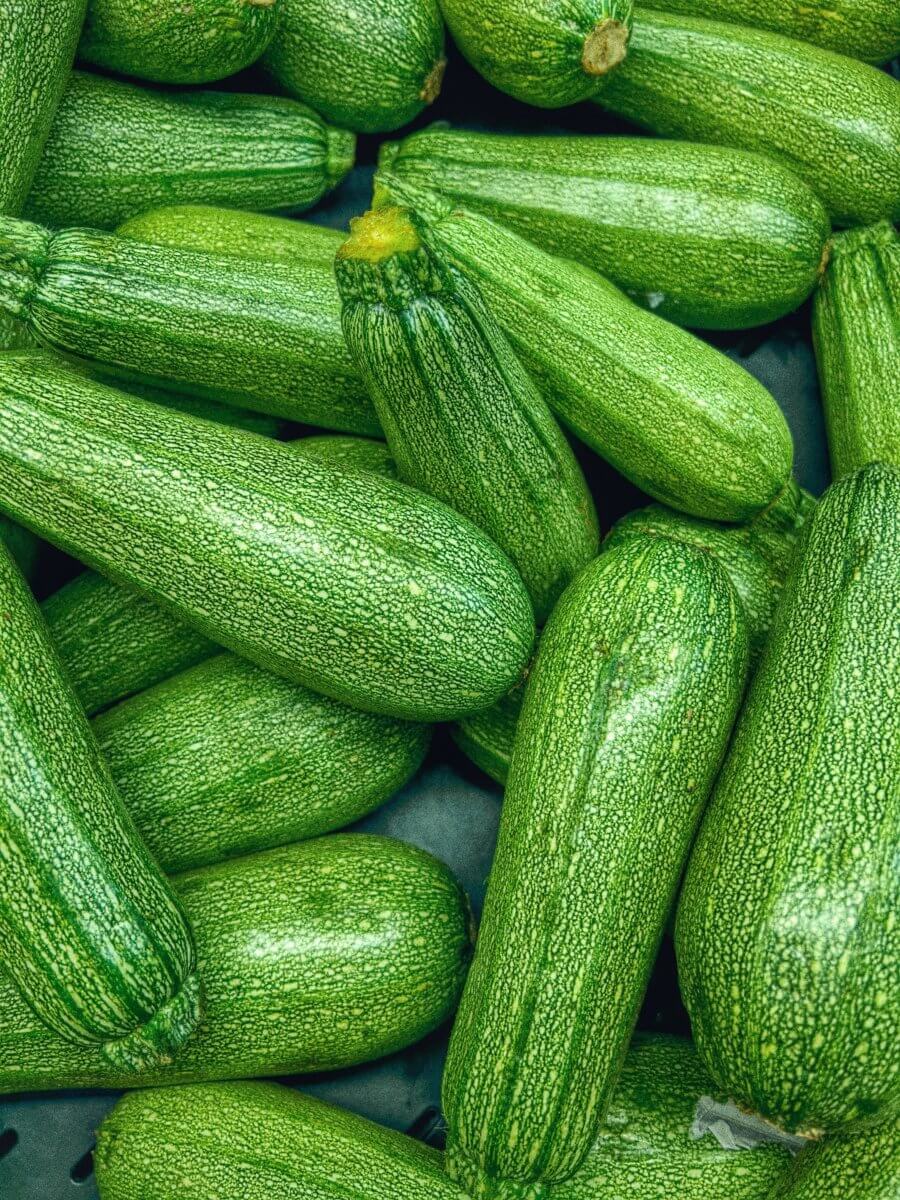
Apples as a Carrot Substitute
Using apples as a substitute for carrots can be a creative option in certain dishes, especially when you’re looking for a touch of sweetness and a different texture. However, it’s important to note that apples have a more delicate and distinct flavor compared to carrots. Here are some ways you can use apples as a substitute for carrots:
- Salads: Grate or dice apples and use them in salads to add sweetness and a refreshing crunch. Apples can provide a burst of flavor and contrast to savory ingredients.
- Baking: Apples can also be grated or finely chopped and used in baking recipes that call for grated carrots. They can add moisture and natural sweetness to muffins, cakes, and breads.
- Slaw: Julienne or thinly slice apples and create a slaw with other ingredients like cabbage, mayonnaise, and vinegar for a tangy and sweet side dish.
- Smoothies: Blend apples into smoothies, instead of carrots, to add natural sweetness and a subtle fruity flavor.
- Chutneys and Salsas: Dice apples and use them in chutneys or salsas as a sweet component that pairs well with savory ingredients.
- Sautéed Dishes: Sautéed apples can also be used in dishes that would typically feature sautéed carrots. They can offer a sweet and soft element to the dish.
- Stuffing: Incorporate diced apples into stuffing recipes as a sweet and fruity addition.
- Sandwiches: Thin apple slices can be added to sandwiches for a juicy and sweet component.
- Dips and Spreads: Apples can be pureed and used in dips and spreads to add a unique flavor and texture.
When using apples as a substitute for carrots, remember that their sweetness and texture may alter the overall taste and appearance of your dish. Adjust seasonings and ingredients as necessary to achieve a balanced result. Also, keep in mind that apples can vary in sweetness and tartness, so choose the variety that best suits the dish you’re preparing.
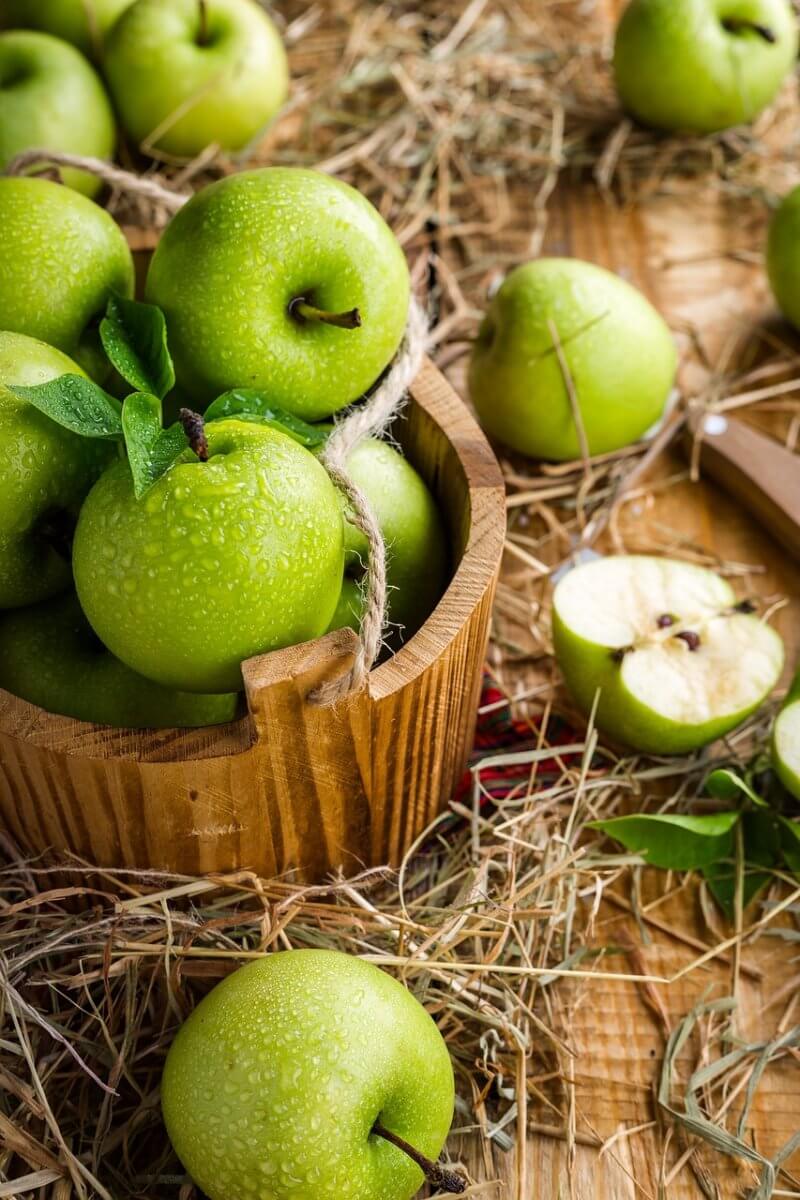
Radishes as a Carrot Substitute
Using radishes as a substitute for carrots can bring a peppery and slightly spicy flavor to your dishes. While radishes have a different taste profile, they can provide a similar crunch and color. Here’s how you can use radishes as a substitute for carrots:
- Salads: Slice or julienne radishes and use them in salads for a crunchy and peppery element. Their vibrant color can add visual appeal to your dishes.
- Slaw: Grate or thinly slice radishes and use them in slaws for a spicy and refreshing twist.
- Dips and Spreads: You can also finely chop radishes and add them to dips, spreads, or salsas for an extra layer of texture and flavor.
- Tacos and Wraps: Use sliced radishes in tacos and wraps to add a crunchy and zesty component.
- Pickled Radishes: Pickling radishes can also provide a tangy and slightly spicy element that can be used in a variety of dishes, from sandwiches to salads.
- Garnish: Use thinly sliced radishes as a garnish for soups, stews, or even avocado toast.
- Sautéed Dishes: Sauté radishes with other vegetables to soften their texture and mellow their flavor. This can work well in stir-fries and cooked dishes.
- Grain Bowls: Incorporate sliced or diced radishes into grain bowls to add color, crunch, and a hint of spice.
- Sandwiches: Add radishes to sandwiches for an unexpected burst of flavor and texture.
When substituting radishes for carrots, keep in mind that radishes have a distinct and peppery taste. This can work well in dishes that benefit from a bit of heat and crunch, but be mindful of the flavor balance and adjust seasonings as needed. Experimenting with small quantities first can help you determine how radishes will fit into your recipes.
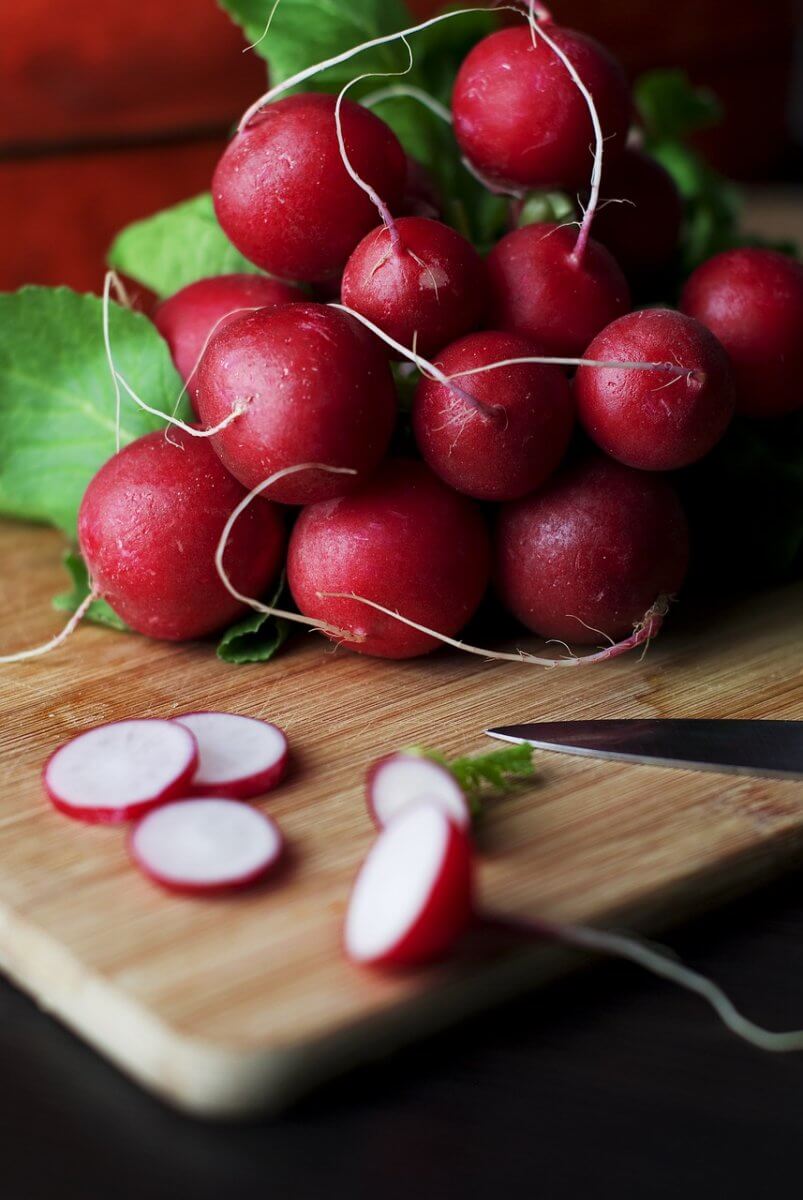
Turnips as a Carrot Substitute
Turnips can be used as a substitute for carrots in various dishes, providing a slightly earthy and peppery flavor. Here are some ways you can use turnips as a substitute for carrots:
- Roasting: Similar to roasted carrots, you can peel and cut turnips into pieces, then roast them with olive oil and seasonings. Roasted turnips develop a tender interior and a caramelized exterior.
- Mashed: Cook and mash turnips just as you would with carrots. Mash them with butter, cream, or other seasonings and serve as a side dish.
- Stir-Fries: Use sliced turnips in stir-fries, adding a unique flavor and a slightly crunchy texture.
- Soups and Stews: Add diced turnips to soups and stews as a substitute for carrots. They can contribute a different flavor and texture to the dish.
- Gratin: Layer sliced turnips in a gratin dish with cream or a sauce, then bake until they’re tender and the top is golden and crispy.
- Sautéed Dishes: Sauté turnip slices with other vegetables for a side dish with a distinct taste.
- Pickled Turnips: Pickling turnips can provide a tangy and slightly spicy element that can be used in sandwiches, salads, or also as a condiment.
- Salads: Dice or julienne turnips and add them to salads for a crunchy and earthy component.
- Baking: Similar to carrots, you also can use grated turnips in baking recipes like muffins, quick breads, and cakes. Turnips can also add moisture and a different kind of flavor.
When using turnips as a substitute for carrots, be aware that they have a different flavor profile, being slightly more peppery and earthy. Adjust seasonings accordingly to balance out the taste. Additionally, turnips might have a shorter cooking time than carrots due to their texture, so monitor their doneness when cooking in dishes that require even cooking throughout.
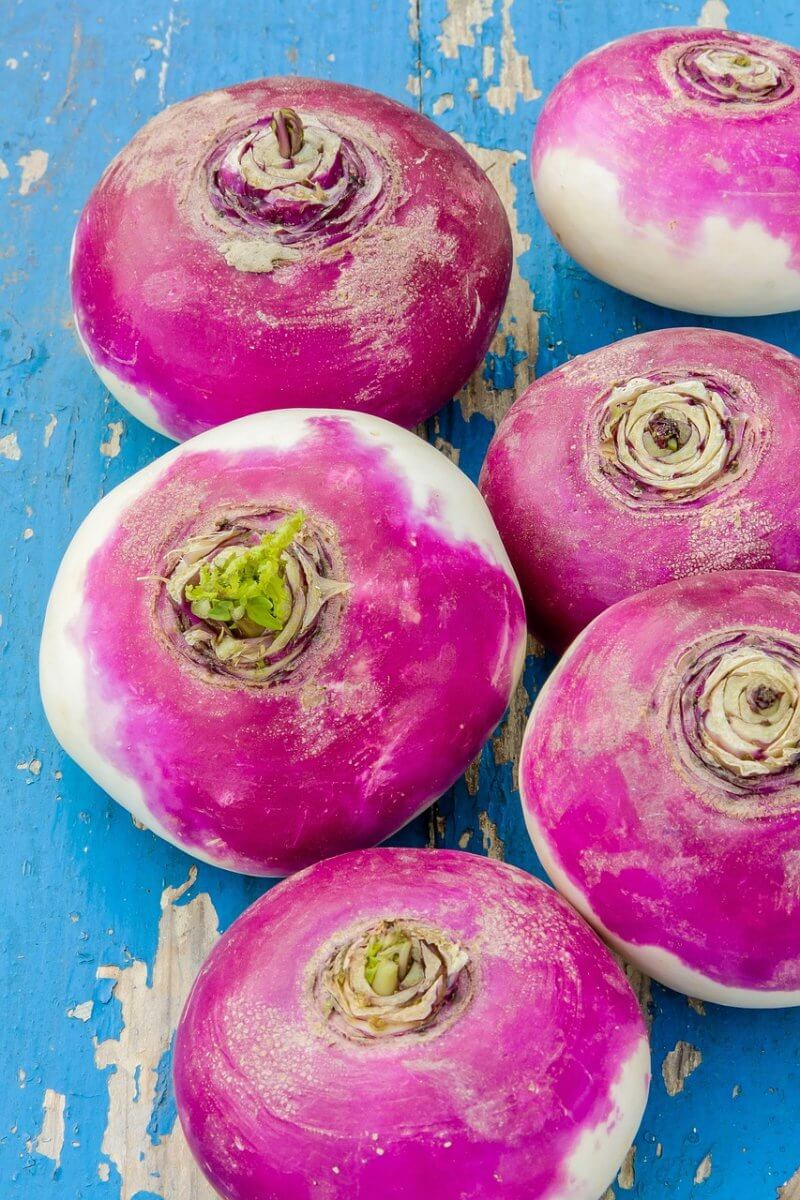
Summary for Carrot substitutes
Okay – that’s you all sorted with suitable substitutes for carrots.
So, if you are lookig for a carrot substitute there are various ways to use different vegetables in your dishes, depending on the flavor, texture, and color you’re aiming for. Each vegetable has its own unique characteristics, so it’s important to consider your recipe and the role that carrots play in it. Here’s a quick summary of the substitute options discussed:
- Bell Peppers: Use for sweetness and color in salads, stir-fries, and sautéed dishes.
- Sweet Potatoes: Substitutes for sweetness and texture in roasting, mashing, baking, and more.
- Celery: Provides crunch in salads, stir-fries, and sautéed dishes, but with a milder flavor.
- Kohlrabi: Adds a crunch and a unique flavor to slaws, salads, and sautéed dishes.
- Parsnips: Offers sweetness and can be roasted, mashed, or added to various dishes.
- Beets: Imparts color and earthy sweetness in salads, roasting, and pickled dishes.
- Zucchini: Substitutes for texture in sautéed, baked, and spiralized dishes.
- Apples: Brings sweetness and juiciness to baking, salads, and dips.
- Radishes: Adds a peppery crunch to salads, pickles, and sautéed dishes.
- Turnips: Substitutes for earthy flavor and texture in roasting, mashed, and sautéed dishes.
Remember that while these vegetables can provide similar characteristics to carrots, they have their own distinct flavors. Adjustments to seasonings and other ingredients might be necessary to maintain the desired taste of your dishes. Feel free to experiment and explore different combinations to create dishes that suit your preferences and dietary needs.
We have gathered together a lot of facts on ingredients such as herbs, spices, oils, nuts, etc. if you would like to learn some more. Or if you have run out of an ingredient have a look at our Substitute section to see what alternative you could use.
Table of Contents
- What is the best carrot substitute?
- What are carrots?
- Where can I buy Carrots?
- What can I substitute for Carrots?
- Carrot substitutes
- Bell Peppers as a Carrot substitute
- Sweet Potatoes as a Carrot substitute
- Celery as a Carrot substitute
- Kohlrabi as a Carrot Substitute
- Butternut Squash as a Carrot substitute
- Parnsips as a Carrot Substitute
- Beets as a Carrot Substitute
- Zucchini as a Carrot Substitute
- Apples as a Carrot Substitute
- Radishes as a Carrot Substitute
- Turnips as a Carrot Substitute
- Summary for Carrot substitutes

